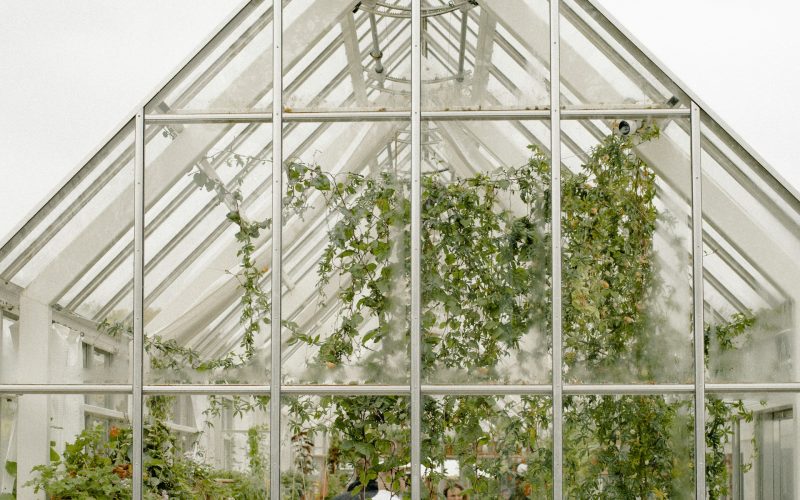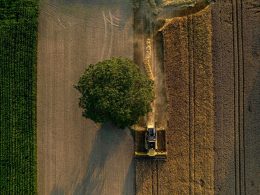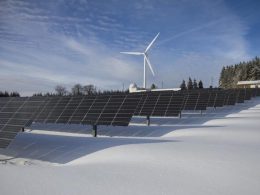Operating a greenhouse can indeed be both rewarding and lucrative, but it also presents a host of challenges that require careful consideration and expertise to overcome. Greenhouse cultivation involves much more than just planting seeds and watering plants; it requires a deep understanding of various factors such as temperature control, humidity levels, lighting, ventilation, irrigation systems, pest management, and crop selection.
One significant aspect of greenhouse operation is the physical infrastructure itself. Utilizing a commercial greenhouse installation service can greatly aid in creating functional and purposeful spaces tailored to the specific needs of the crops being grown. These services typically involve professionals who specialize in greenhouse design, construction, and installation. They can assess factors like local climate conditions, available space, budget constraints, and the types of crops intended for cultivation to create customized greenhouse solutions.
Commercial greenhouse installation services can offer several advantages. They can ensure that the greenhouse is constructed using durable materials and efficient designs that optimize space utilization and energy efficiency. This includes considerations such as selecting appropriate glazing materials for maximum light transmission while minimizing heat loss, installing automated climate control systems to regulate temperature and humidity, and implementing efficient irrigation and fertigation systems to deliver water and nutrients to plants.
Management Tips For Greenhouses
- Regular Monitoring
Stay vigilant by regularly monitoring environmental conditions such as temperature, humidity, light levels, and CO2 levels. Use sensors and data logging equipment to track these parameters and make adjustments as needed to optimize growing conditions for your crops.
- Integrated Pest Management
Implement an IPM program to proactively manage pests and diseases. This approach emphasizes prevention, cultural controls, biological controls, and judicious use of pesticides to minimize environmental impact and maintain crop health.
- Optimize Water Management
Efficient water management is crucial for greenhouse operations. Implement drip irrigation, recirculating systems, or other water-saving technologies to minimize water usage while ensuring adequate hydration for your crops. Monitor soil moisture levels and adjust irrigation schedules accordingly.
- Crop Rotation and Succession Planting
Practice crop rotation and succession planting to maximize yield and minimize pest and disease pressure. Rotate crops to different areas of the greenhouse to break pest cycles and replenish soil nutrients. Plan successive plantings to ensure a continuous harvest throughout the growing season.
- Employee Training and Safety
Provide comprehensive training for greenhouse staff on proper growing techniques, pest management practices, and safety protocols. Equip workers with personal protective equipment and ensure compliance with health and safety regulations to minimize risks of accidents and injuries.
- Energy Efficiency
Implement energy-efficient practices and technologies to reduce operating costs and environmental impact. This may include installing energy-efficient lighting, using thermal curtains or shade screens to regulate temperature, and optimizing ventilation systems for maximum airflow.
Summary
Mastering the art of commercial greenhouse management requires a blend of knowledge, skill, and adaptability. By implementing the seven tips outlined above, you’ll be well-equipped to navigate the challenges and complexities of greenhouse operation with confidence and finesse. So roll up your sleeves, and let your passion for cultivation flourish under the vibrant canopy of your thriving greenhouse empire!









